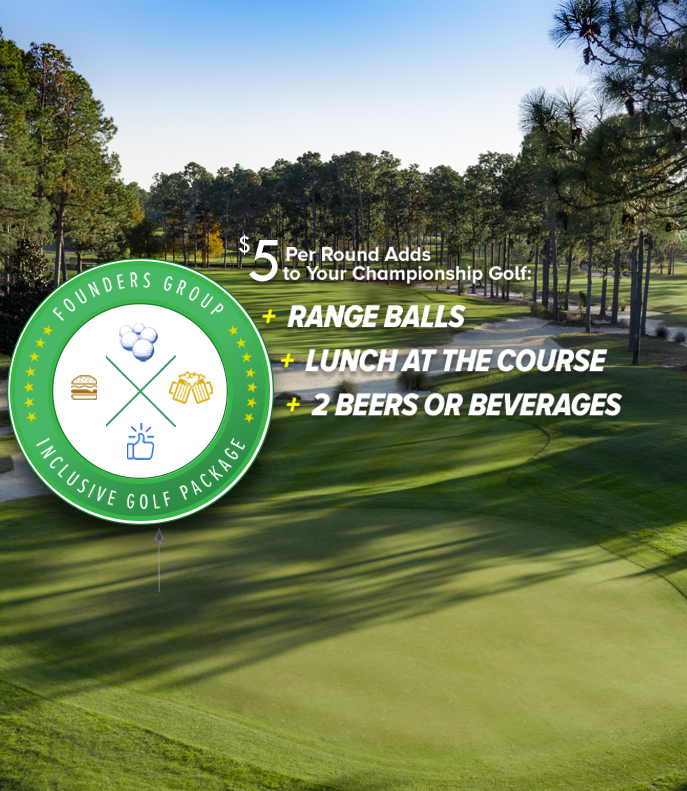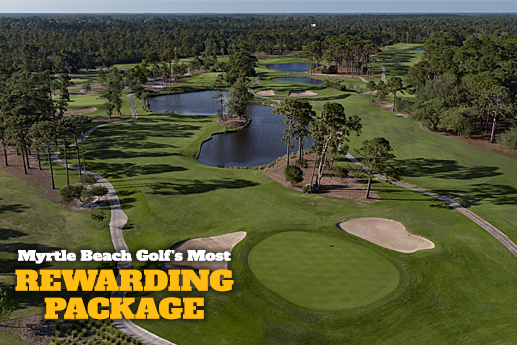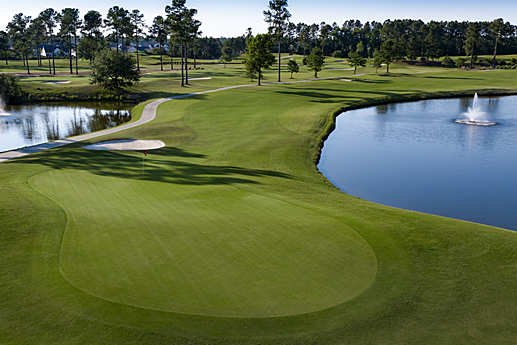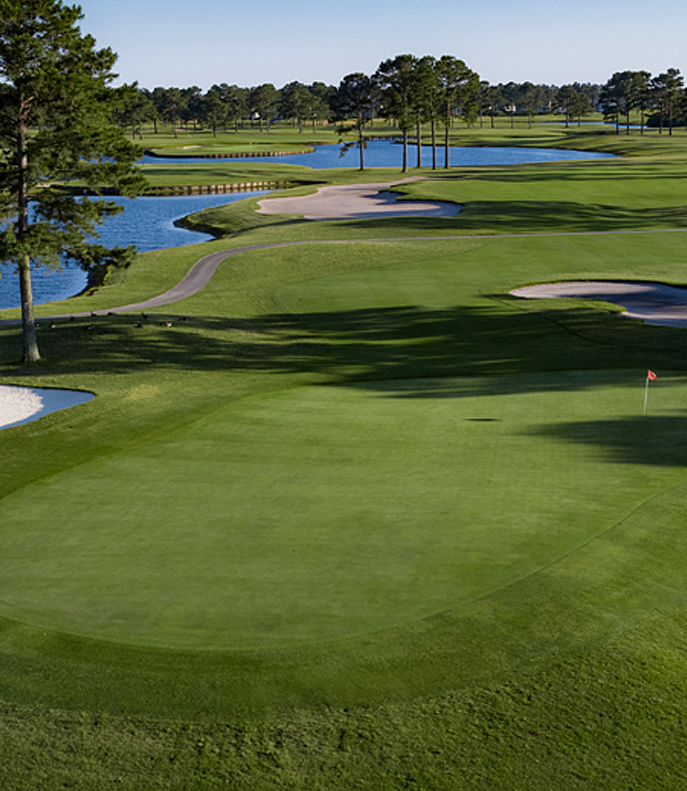Across the Myrtle Beach golf community, superintendents are prepping courses to help ensure they are in peak condition for the always popular spring season.
As much of the country prepares to hunker down for the winter months, we spoke with Max Morgan (pictured below), the vice president of agronomy for Founders Group International, Myrtle Beach’s largest golf course ownership group, about the important work that will be done over the next couple months.
Here is what golf course superintendents and their staff will be focused on while you are dreaming of prime conditions on your favorite Myrtle Beach golf course this spring.
It’s Project Time!: Golf course staffs are racing against shortened daylight hours to cut down trees, clean drainage ditches, prune flower beds and improve drainage in bunkers, among a variety of other “little” projects that subtly but substantially improve your experience.
Striping Fairways: The rye overseed is growing in nicely, providing the lush green grass players covet, so how does the superintendent stripe those picturesque fairways? It’s not as difficult as you might think. The light stripes in the fairway are created when the mower passes away from you; the dark stripes are created when the mower pass is coming toward you. Walk to the other end of the fairway and look back, and the light and dark strips will be reversed.
Waiting for the Sap to Rise: Golfers often wonder why courses hold more water in winter. The answer is simple: trees don’t “drink” as much during the winter, leaving the water they would otherwise absorb to linger longer than usual. Combine that with rain and the watering courses occasionally receive for fertilizer and golf courses are naturally wetter in the winter. Typically during the first week of March, the “sap begins to rise” and the parched trees begin feverishly drinking, quickly consuming excess moisture to feed their growing leaves.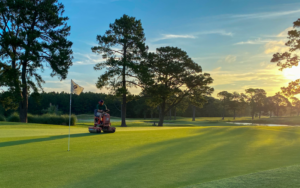
Praying for No Ice: We are fortunate in Myrtle Beach, where we enjoy a sub-tropical climate, but the rare weather event golf course superintendents despise is the once-a-decade ice storm. There is risk to the grass and an ice storm functions like a hurricane with no wind, bringing down tree branches that require a lot of work to clean up. With a warmer than usual warmer expected, we are optimistic about the forecast!

